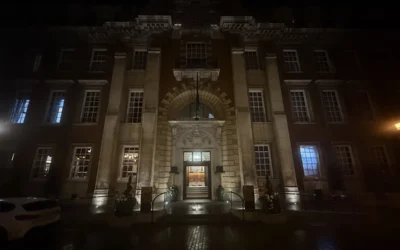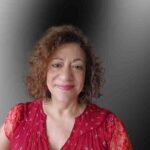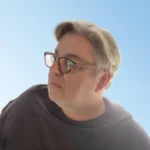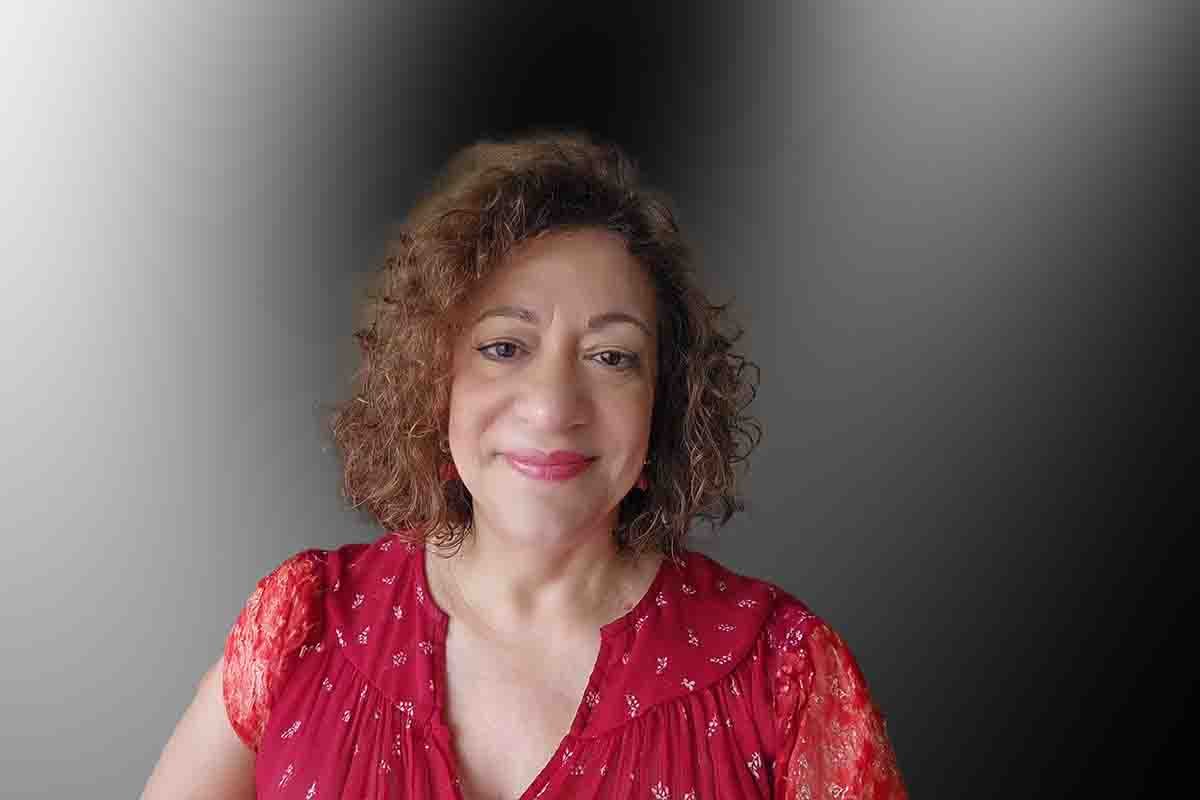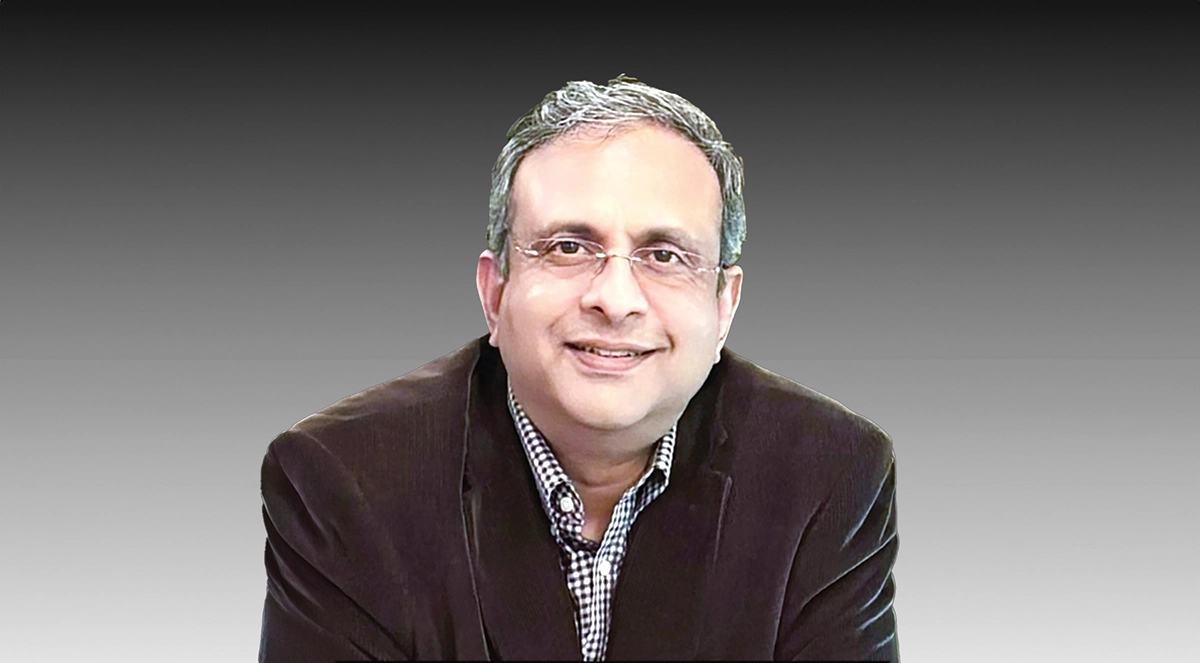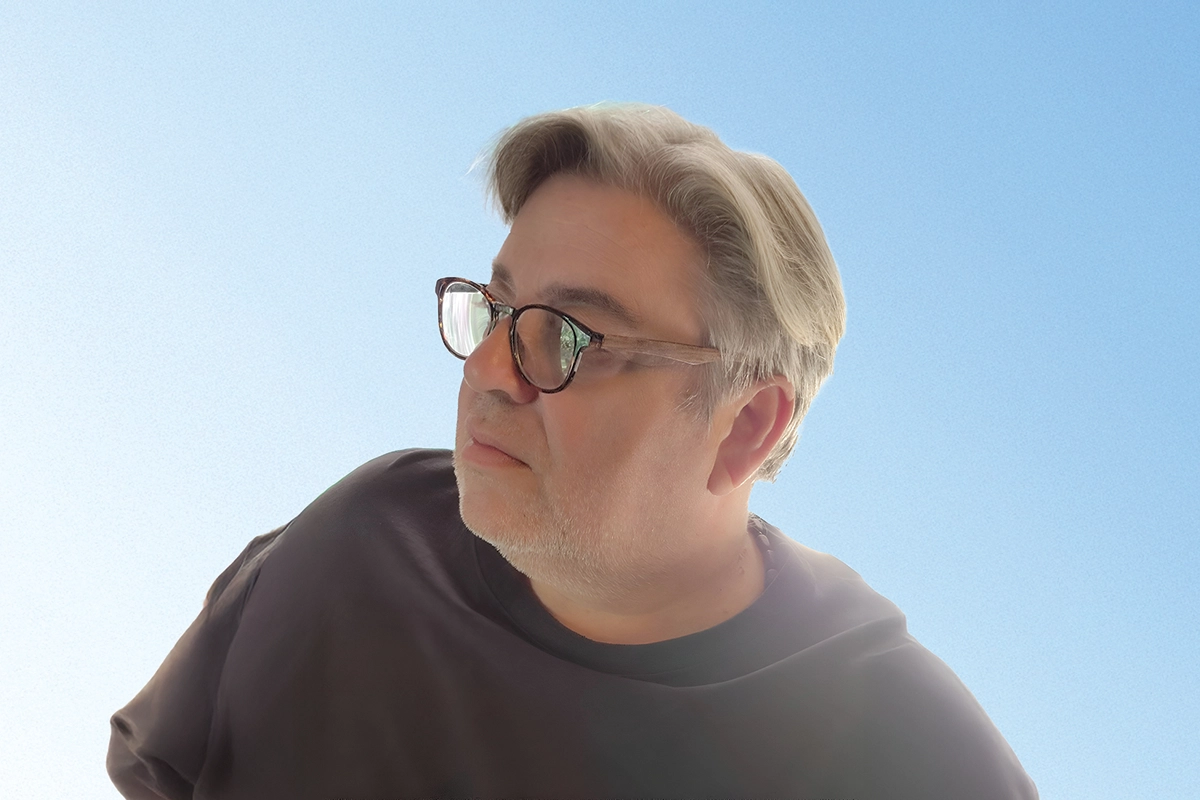Fragmented Memories – The Art of Sofia Ruiz
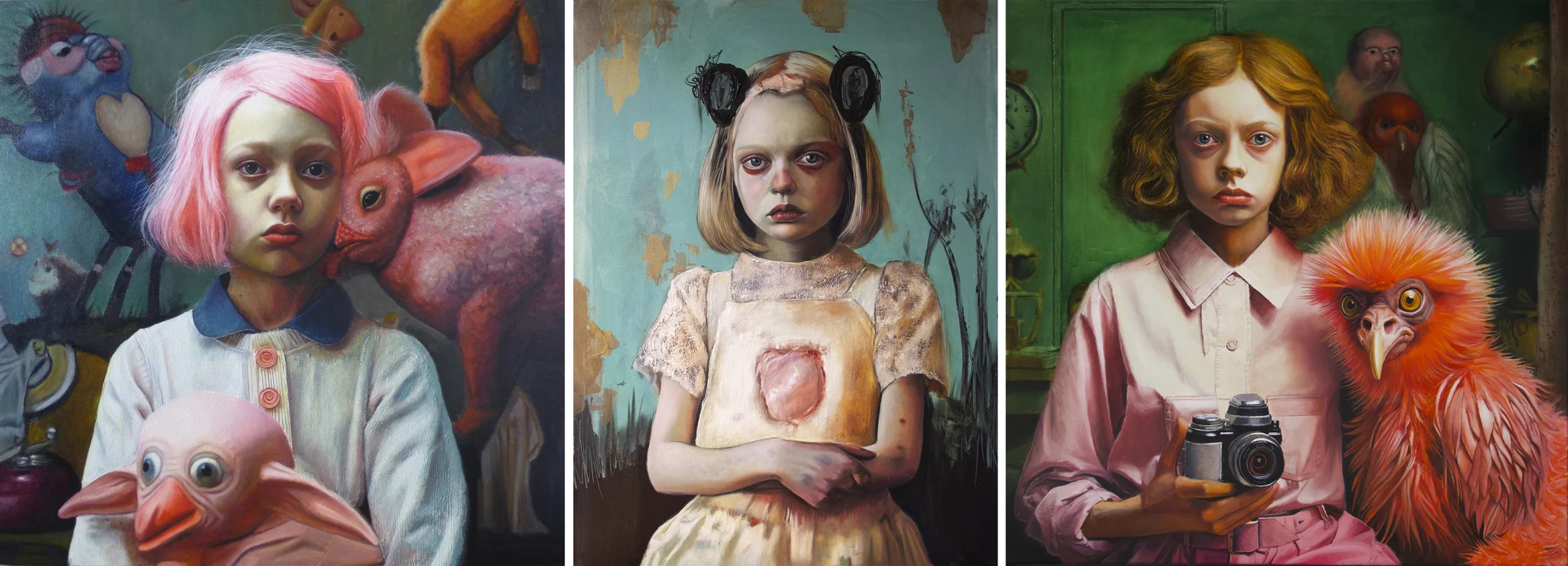
Exploring Identity, Emotion, and Belonging Through Painting and Printmaking
Sofia Ruiz reflects on how personal experiences, diverse cultural influences, and the interplay between painting and printmaking shape her evolving artistic vision, rooted in themes of identity, memory, and emotional introspection.
Sofia Ruiz, a remarkable artist from San José, Costa Rica, has made significant strides in the art world since she first picked up a pen at the tender age of five. Her artistic journey, rooted in personal experiences of isolation and longing, has blossomed into a profound exploration of identity, memory, and emotional connection. With a degree in Painting and Printmaking and a Master’s in Education, Sofia skillfully blends her technical expertise with her passion for storytelling, resulting in works that resonate deeply with audiences across cultures.
Her numerous accolades and participation in international residencies highlight not only her talent but also her commitment to pushing artistic boundaries. Sofia’s ability to weave together elements of her diverse experiences into a cohesive narrative speaks to her artistic vision and the universal themes of fragmentation and belonging. This interview delves into her creative process, the interplay between her artistic mediums, and the powerful messages she hopes to convey through her work. Join us as we explore the mind of an artist who continues to inspire through her innovative and evocative art.
Your journey as an artist began at the age of 16 in San José, Costa Rica. What initially drew you to the world of art, and how did those early experiences shape your style and creative vision?
I started drawing at five because my father gave me small notebooks and a pen to keep me occupied while we waited to see my mother. She suffered from temporary amnesia for a few years, and I think that, along with the lack of photographs from my childhood, influenced me significantly. During that time, I felt disconnected from my family; my mother didn’t recognize me, and my father was often working. Those feelings of isolation and longing for connection became integral to my artistic drive.
At 16, I began looking for art through tattoo magazines and tried to copy designs, and I realized that drawing came naturally to me. As I grew, art helped me find the sense of belonging I was missing. These experiences sparked my interest in psychoanalysis, duality, and memory, which later shaped my creative vision. My work has become a visual diary exploring my identity and how family influences who we are. It’s also a healing process that continues to evolve.
In 2007, you majored in Painting and Printmaking from the School of Fine Arts in Costa Rica. How do these mediums complement each other in your work, and what influences your choice between them for different projects?
Printmaking offers many techniques and materials to explore. I appreciate the complexity of processes like etching, which involve trial and error. Painting, on the other hand, allows for spontaneity and immediate expression. Working in both mediums has taught me to balance exploration with the freedom that painting offers.
When I want to layer ideas carefully, I choose printmaking. But when I want to express something raw and intuitive, I turn to painting. These two mediums complement each other, allowing me to maintain a dynamic creative process between structure and freedom.
You have participated in international residencies from the USA to South Korea. How have these experiences in different cultures influenced your artistic process and thematic focus?
Each residency has broadened my understanding of how art operates in different cultural contexts. Some exposed me to new ways of blending technology with traditional printmaking, encouraging experimentation. Engaging with artists from diverse backgrounds has been particularly enriching because you can see how our cultures influence how we view things through a different lens.
As an award-winning artist with over 35 exhibitions globally, what do you consider the most significant moments in your career so far, and how have they impacted your approach to art?
A meaningful moment was my first solo exhibition, where I felt both excited and exposed.
Every opportunity to show my work feels significant, whether in a small gallery or a museum. In Costa Rica, opportunities can feel limited, so seeing my work appreciated abroad has been incredibly rewarding.
Winning the Best Overseas Artist Prize at the Women in Art Prize in London was another important moment. These experiences have helped build my confidence to continue creating, even in challenging times.
In addition to your artistic practice, you hold a Master’s in Education. How has your background in education influenced the way you engage with your work, and do you see a connection between teaching and creating?
Teaching has helped me simplify complex ideas, which influences my art. Both art and teaching involve breaking down intricate concepts like identity into relatable expressions, facilitating a deeper connection with the viewer. Both teaching and creating are ways of understanding and sharing ideas, helping me express them in a clearer, more accessible way.
What message or emotion do you hope viewers take away from your work, especially considering the diverse cultural contexts you engage with in your exhibitions around the world?
I hope viewers feel a sense of introspection when they engage with my work. I often explore themes of fragmentation, identity, and memory, and I want people to leave with a deeper understanding of their emotional layers. The ultimate message is that our experiences, though complex and fragmented, leave traces that connect us all. I explore the duality of identity: how we define ourselves versus how others perceive us. This theme resonates universally, regardless of cultural context.

